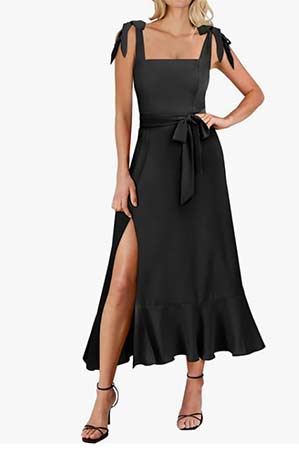Asian Weddings
An Asian bride will change 1-3 times, showing how wealthy and prosperous her family is. One dress may be a white gown, while another may be a dark red dress with a phoenix crown and a folding fan. The groom will wear a black silk coat, an embroidered dragon robe, and a black hat with red tassels. Serve your guests a feast of colorful vegetables and rice. Give your guest favors of walnuts, peanuts, sunflower seeds, and candy (symbols of good luck). Use traditional soup dishes/tea cups, chopsticks, folded origami cranes. Japanese – The couple takes nine sips of sake, becoming husband and wife after the first sip. Chinese – during the ceremony the couple drink wine and honey from goblets tied together with red string.
Celtic Weddings
The bride looks very nice in an ivory dress, pearl jewelry, a crown of flowers, and long flowing hair. The bridesmaids can wear ivory or dark green velvet dresses. The groom is best dressed in a tartan, while groomsmen should wear kilts. Baby’s breath, and ivy are popular flowers for decoration, as well as Celtic knot designs on linens and fabrics. Serve your guests potatoes and roast beef. A horsedrawn carriage is popular for transportation for the bride and groom. Compilation CDs with Irish music make good favors.
Greek Weddings
Koumbara is the custom of exchanging two crowns joined by a ribbon between the bride’s and groom’s heads, which symbolized the joining of two into one. Serve stuffed mushrooms, Spanakopita (pastry filled with spinach and feta cheese), and Baklava (filo pastry layered with honey and nuts). At a Greek wedding, the ritual of breaking dishes symbolizes joy as well as the permanence of the marriage.
Hindu Weddings
Serve brie and papaya quesadillas, wild mushroom ravioli with fresh tomato concasse, and a large white wedding cake with chocolate icing in an intricate lace pattern in the henna designs that are on the hands and feet of the bride. Be sure to include the Mangal phera, a tradition in which the couple circles a fire in the center of the mandap seven times.
Jewish Weddings
Traditionally couples will separate for a week before the wedding. Both the mother of the bride and the groom feeds the bride seven times each during a henna party – honey, sugar, olives, and almonds. Before a wedding, Jewish brides immerse themselves in a Mikvah, a ritual bath in running water. Traditionally, a Jewish bride circles the groom seven times, representing the seven wedding blessings and the seven days of creation, and demonstrating that the groom is the center of her world. Serve your guests chicken and fish, the signs of fertility.
Polish Weddings
Polish brides wear a wreath of fresh flowers and rosemary in their hair. Serve your guests roast duck or veal, smoked sausages, potato leek soup, and almond-filled pastries. Parents give the couple a ceremonial gift of bread and salt to the bride and groom before the wedding, which represents both prosperity and bitterness. During the dances, guests link arms and form a circle around the bride, her mother takes the bride’s veil off and places it on the head of her honor attendant, who then dances with the best man. The maid of honor then passes the veil to the next bridesmaid in the circle, who dances with the next groomsman in line, and so forth. The significance of the passing of the veil is that the bride is offering her bridesmaids good fortune for marrying themselves one day. Include polka dances at your reception. Guests can throw oats and barley down on the couple rather than rice.

